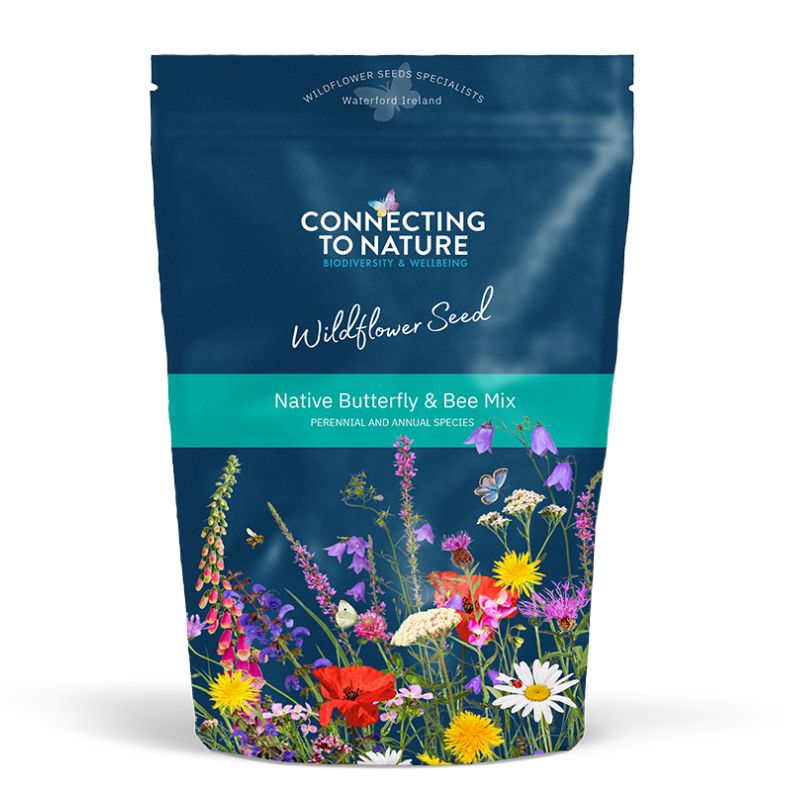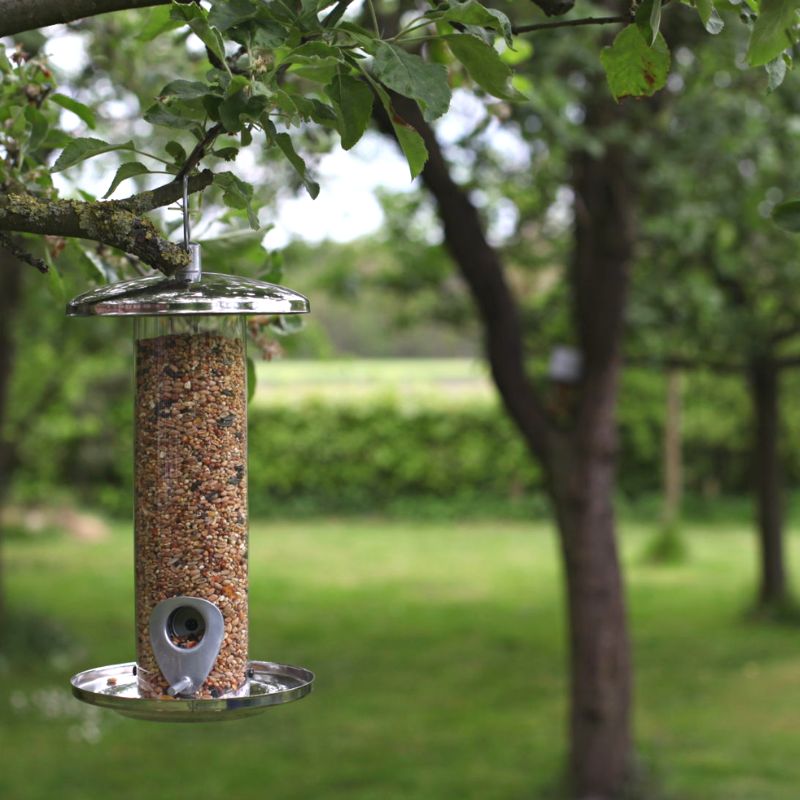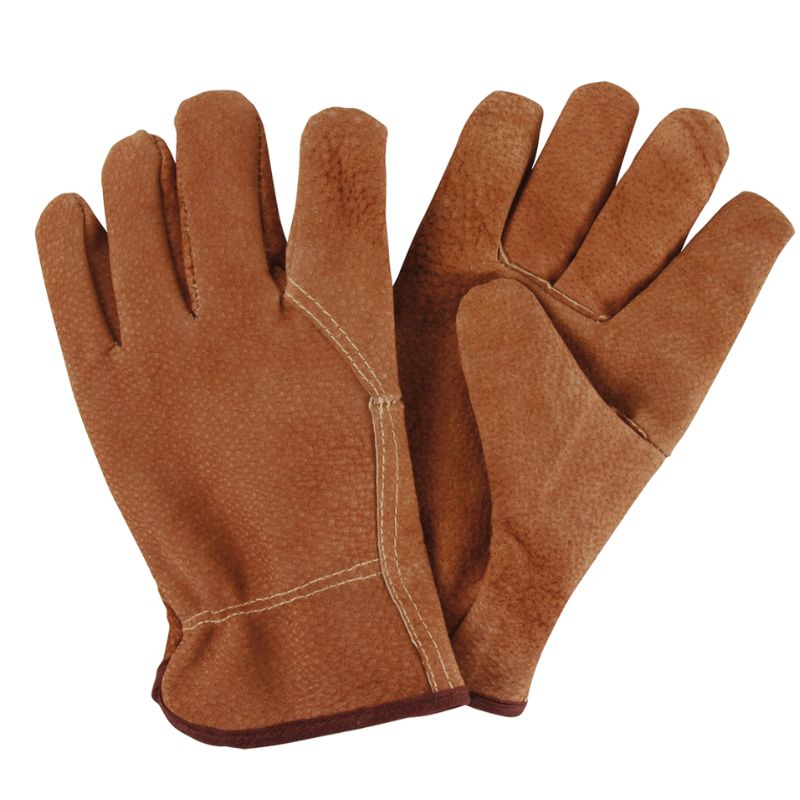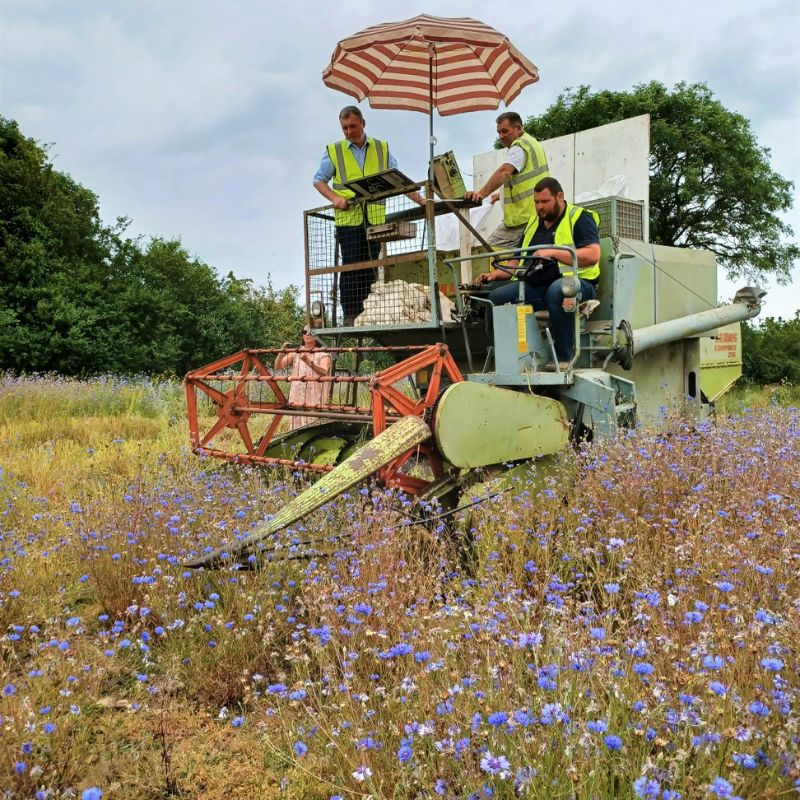The difference between annual, biennial and perennial wildflower species
Understanding the difference between annual, biennial, and perennial wildflower species is essential for anyone looking to cultivate a diverse and thriving native wildflower garden or natural habitat in Ireland. Each type of plant has its own unique lifecycle, which directly impacts its growth, flowering patterns, and longevity.

Annual Species
Annual species, such as cornflower and poppy, complete their lifecycle within a single year. They germinate, flower, produce seeds, and then die off, requiring replanting each year to maintain their presence in a garden or landscape.
Biennial Species
Biennial species, like teasel and foxglove, have a two-year lifecycle. In the first year, they establish foliage, and in the second year, they flower and produce seeds before dying. Understanding this cycle allows gardeners to plan for future blooms and ensure continuity in their landscape designs.
Perennial species
Perennial species, such as oxeye daisy and knapweed, have lifecycles lasting longer than two years. While they may take a year or two to establish and flower initially, they return year after year, providing lasting beauty and stability to a garden or natural area.
By incorporating a mix of annuals, biennials, and perennials into garden plans, individuals can enjoy continuous blooms and color throughout the years. This understanding of plant lifecycles allows for thoughtful planning and management, ultimately leading to a more vibrant and sustainable landscape.
Mixtures
1. Annuals, biennials and perennials mixtures
Most of our 100% wildflower mixes have a blend of annual, biennial and perennial species. The annuals will flower to give colour and interest in year 1, with the biennial and perennial species flowering from year 2 onwards.
2. Perennial only mixtures
Our 100% wildflower mixes for shady sites and our low growing mixture contains only biennial and perennial species as annuals do not thrive in shade. Expect your perennial species to take a couple of years to flower with some species flowering for the first time from years 3 or 4.
These are best for pots and garden borders and where temporary colour is required. Annuals species are particularly floriferous and have a long flowering season from early summer to first frost of winter.











